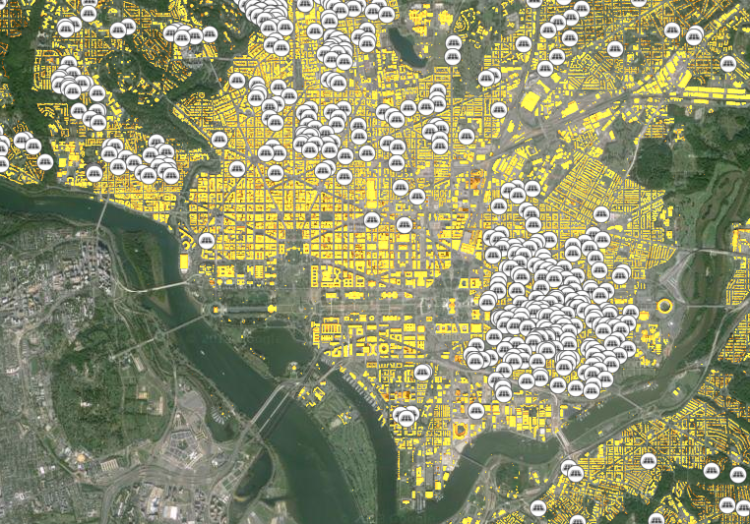My last post was about gold and mercury prices, and how we might measure their relationship. We would expect a relationship between prices of these metals because mercury is used in artisanal and small scale gold mining (ASGM). We may or may not see a signal in mercury prices related to ASGM, but we most definitely see the effects of ASGM on the landscape on a massive scale. Using the Landsat Annual Timelapse tool in Google Earth Engine, I created this animation showing the explosive growth of ASGM and associated deforestation near Huaypetue in the Madre de Dios region of Peru. Click on the image below to view the animation.
You can see that beginning in the late 1990s, large areas around rivers turn from green (rain forest), to brown (cleared areas for mining). The trend seems to accelerate in the last 10-15 years. You can explore the region as it appears today in Google Maps:
And because it’s fun to play with Google maps, here is a striking oblique image of the region.
Zooming in a bit closer, seen from a plane flown by the Carnegie Airborne Observatory, the impacts of mining come into even sharper view:
The scenes on the ground look every bit as desolate as you would expect from the satellite and airborne imagery:
Embed from Getty Images Embed from Getty ImagesIf you are looking for more information on artisanal mining in Madre de Dios, this article in Nature is a good place to start. The Guardian has also been covering this region. This piece focuses on mercury use in mining and its toxic impacts.



